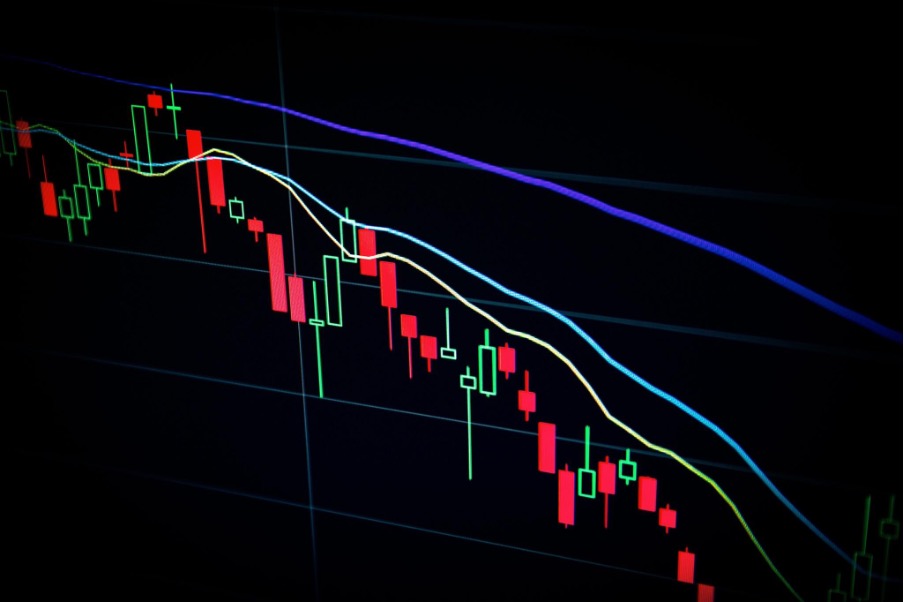
Every investor should realize this fact, no matter if they’re just a beginner or a pro with years of experience. Trading is a sum of zero, meaning if one person manages to earn money and be profitable, then another person has to lose in order for that to happen. For this reason, it is extremely important to look for even the slightest advantages you have in order to succeed, even if it’s just applying your college knowledge.
If you want to become a profitable investor, we highly suggest learning math, as it will allow you to look for even the tiniest edges. What should you put your focus on when it comes to numbers? Well, understanding probability and statistics for finance is your best bet nowadays. Learn how statistics and probability can enhance your investment strategy with Seis, the Seed Enterprise Investment Scheme, offered by Sleek.
How understanding statistics can make you a better investor?
If you want to become a successful investor, you should never try to gamble by predicting the future. And if that’s out of the way, your only way of deciding when to put your money is by analyzing the current and past situation. Even using the basic high school statistics and probability will do the job well enough. You need statistics in order to understand the risk/reward ratio and all that comes with it. To make sure each of your trades has a better chance of turning into profit, we suggest looking up how to compose two way table answers and patterns. Every trader should also be capable of studying the price/equity ratio to evaluate the risk, especially if you want to have more free time and be able to travel and do hobbies while trading.
What are some statistical measures of risk?
Students often learn about different ways to measure risk, and so should every respectable investor. There are three main measures of risk you should know about whether you plan on buying stocks or cryptocurrency, which is a common choice nowadays.
3 statistical measures of risk:
- Earnings at risk (EAR)
- Value at risk (VAR)
- Economic value of equity (EVE)
If you’re unfamiliar with these, you should immediately catch up on them with free online materials, and besides that, there are a few other things to consider. In finance, it is important to know how to measure standard deviation (which is about results and expected return value) and beta (which relates to the risk of an investment in comparison to the overall market.)
Probability and statistics for finance
Now that you’re familiar with the commonly used risk measures, it’s time to touch on the subject of probability more. How can you implement probability to make the most of your financial decisions? There are many answers to that question. Depending on how advanced you are, you can create charts, patterns, and even set up algorithms designed to help you in investing.
If you do your homework right and study everything by heart, you will have the knowledge to predict market sentiments and emotions, and even balance your portfolio better by diversifying your investing into different branches.
Conclusion
Trading and investing are often portrayed as fun and easy ways to make money, but the reality is way harsher. If you’re serious about trading, you need to look for edges wherever possible, as well as protect yourself from losing at all costs.
Now that you’re aware of what are some statistical measures of risk and how to use probability to your advantage, you’re already more competent than most newbie investors. We wish you much success along your journey, and always remember to use arithmetic and math to evaluate potential risks and rewards!


